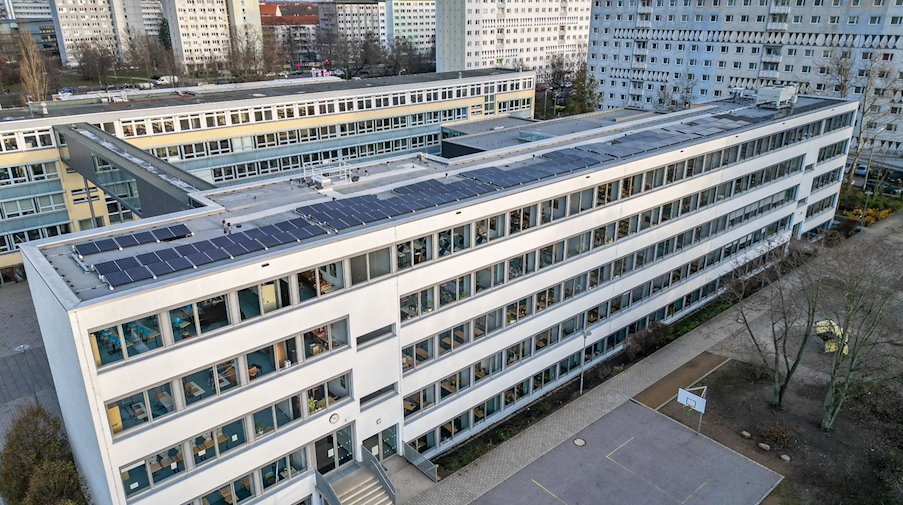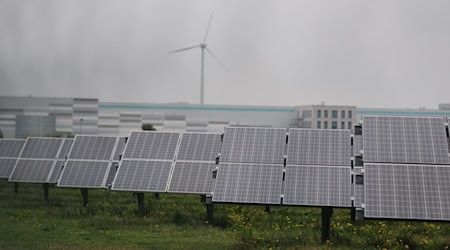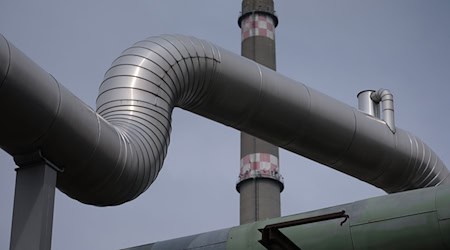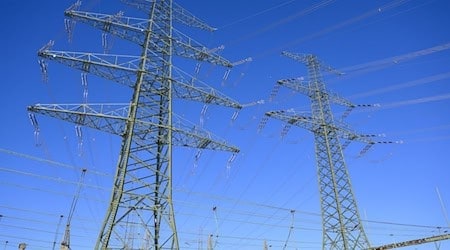Municipalities in Saxony are increasingly installing photovoltaic systems on their roofs. This is the result of a survey of the largest cities in the state. Leipzig, for example, generated more than 1,000 megawatt hours of electricity per year from photovoltaics on municipal roofs by the end of 2023. This is roughly equivalent to the energy needed to mow the lawn for two million hours or make 70 million cups of coffee, according to the city.
The city must lead the way in the expansion of photovoltaics, said Leipzig's Mayor of Construction Thomas Dienberg. "We therefore want every new municipal roof to have a green roof and a system for generating electricity - and existing roofs on our properties should also be equipped accordingly step by step if they are structurally suitable." Currently, around 50 to 70 percent of the electricity produced is used by the facilities themselves, with the rest fed into the grid as surplus.
By the end of the previous year, a total of 23 Leipzig schools, a sports hall, a fire station and a daycare center will have such a system in the trade fair city. In 2024, electricity is to be generated on a further 23 municipal roofs.
More than 63 PV systems with a total output of around 1,350 megawatt hours per year are installed in the state capital of Dresden. Around half of the systems are citizen solar systems whose electricity is fed directly into the power grid, according to the city.
Since 2018, more photovoltaic systems have been planned and built in Dresden. The largest system on a municipal building to date was installed on the roof of the fire and disaster control office in 2020. This generates around 90,000 kilowatt hours of electricity per year, most of which is consumed directly in the building.
In Chemnitz, too, the expansion of PV systems on the roofs of municipal properties is ongoing. By the end of 2023, the systems should generate around 465 megawatt hours of electricity per year, up from 160 megawatt hours of electricity in 2022. In the previous year, PV systems were mainly commissioned on the roofs of schools.
In Zittau, on the other hand, there are still no PV systems on municipal roofs, according to the city. However, the topic will come up again with the upcoming re-roofing of the town hall in the next few years, it said.
Copyright 2024, dpa (www.dpa.de). All rights reserved










